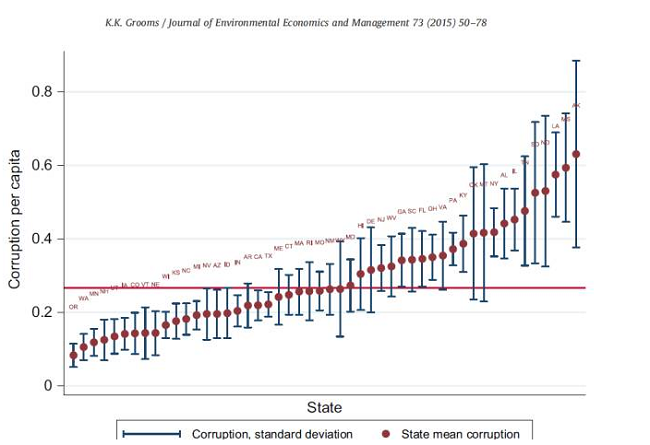Why China's economic reforms differ
观点 · 2009-11-14
返回Abstract: China's thirteen years of economic reforms (1979-1991) have achieved an average GNP annual growth rate of 8.6%. What makes China's reforms differ from those of Eastern Europe and the Soviet Union is the sustained entry and expansion of the non-state sector. We argue that the organization structure of the economy matters. Unlike their unitary hierarchical structure based on functional or specialization principles (the Uform), China's hierarchical economy has been the multi-layer-multi-regional one mainly based on territorial principle (the deep M-form, or briefly, the M-form). Reforms have further decentralized the M-form economy along regional lines, which provided flexibility and opportunities for carrying out regional experiments, for the rise of nonstate enterprises, and for the emergence of markets. This is why China's non-state sector share of industrial output increased from 22% in 1978 to 47% in 1991 and its private sector's share from zero to about 10%, both being achieved without mass privatization and changes in the political system.





